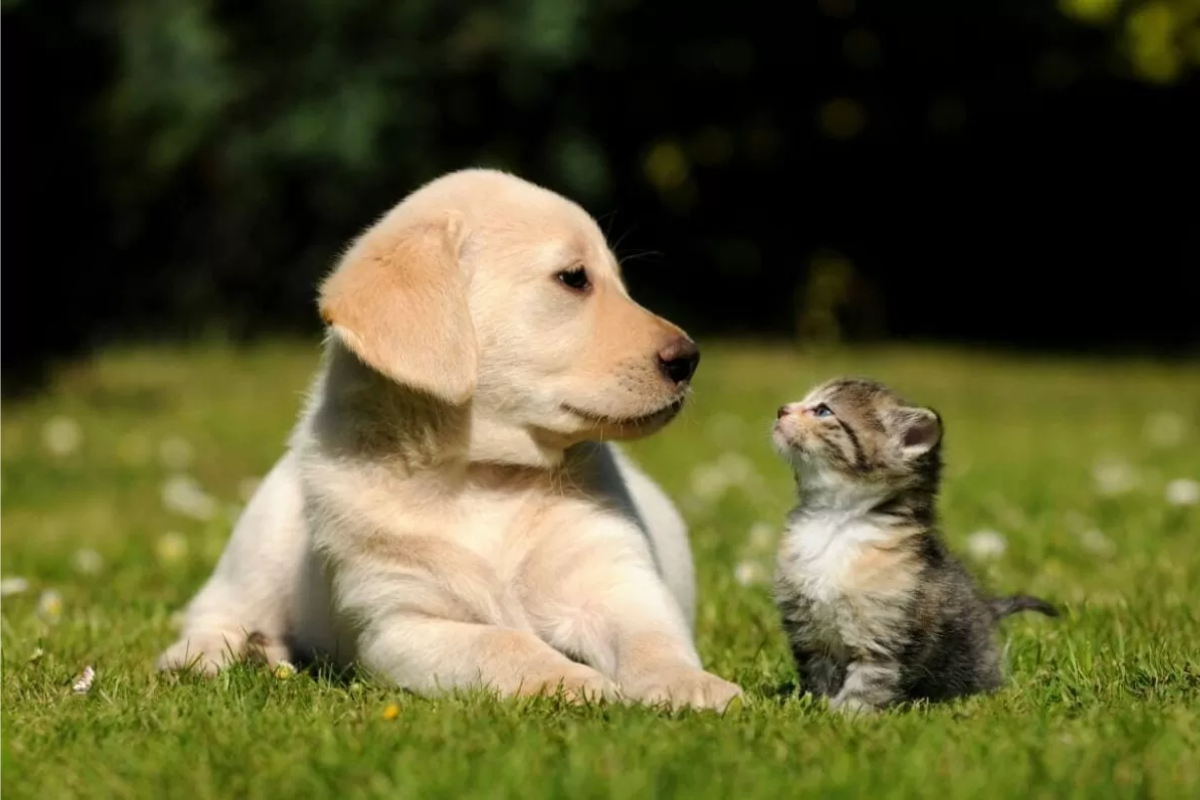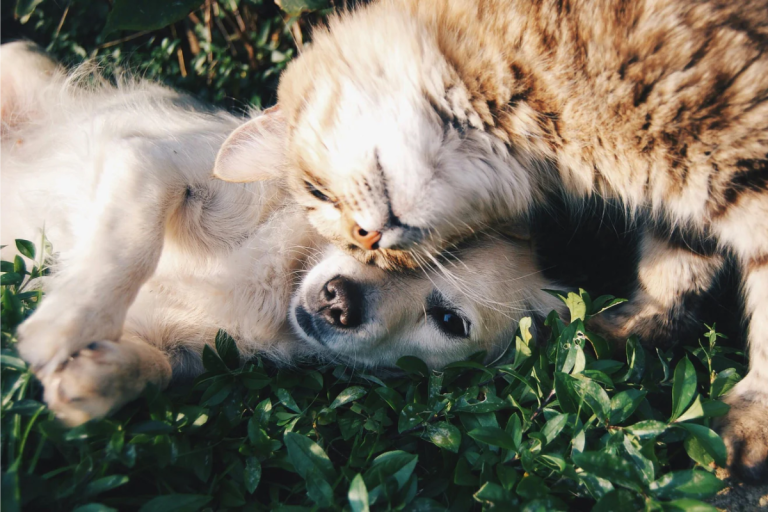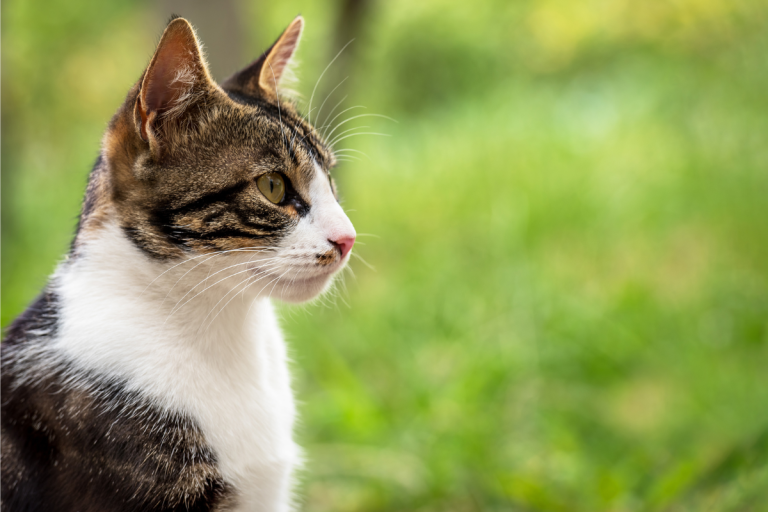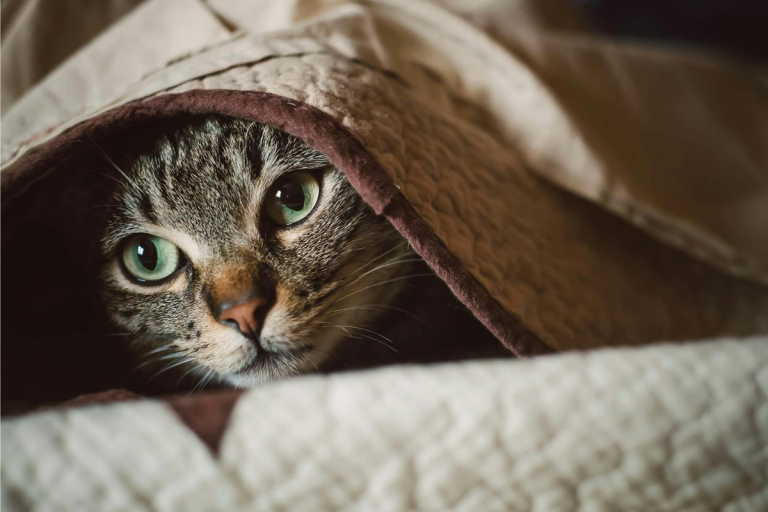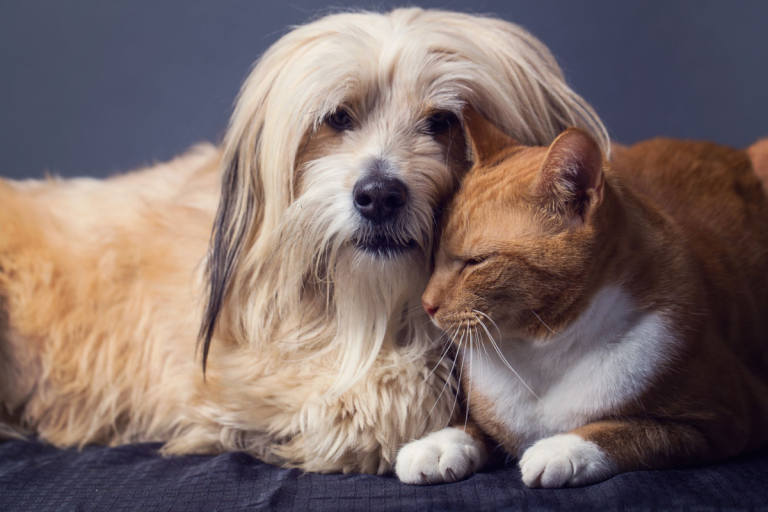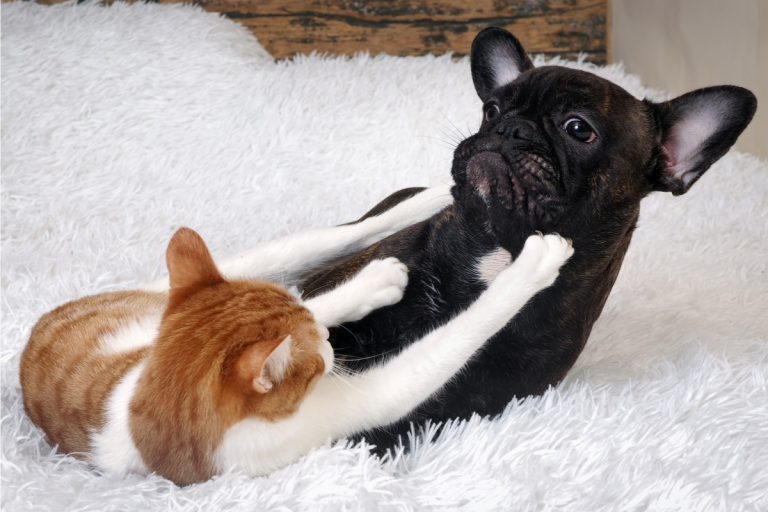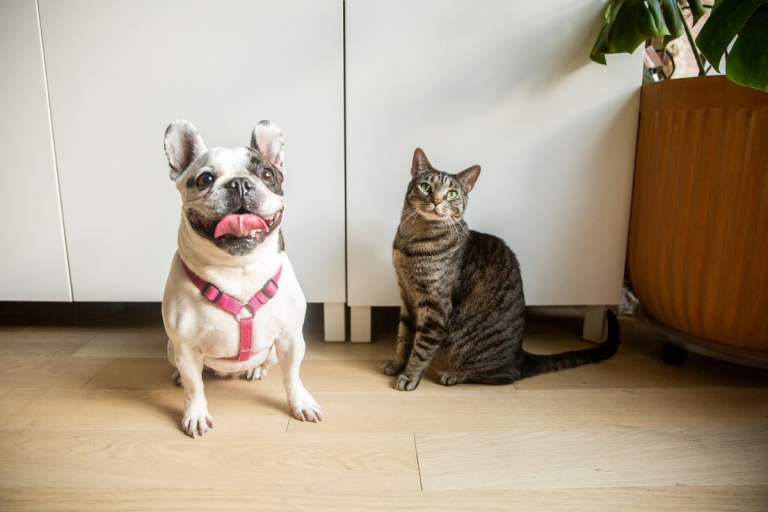Personality Differences Between Cats and Dogs
If you’ve ever wondered why your dog is always up for a game of fetch while your
Social Behavior
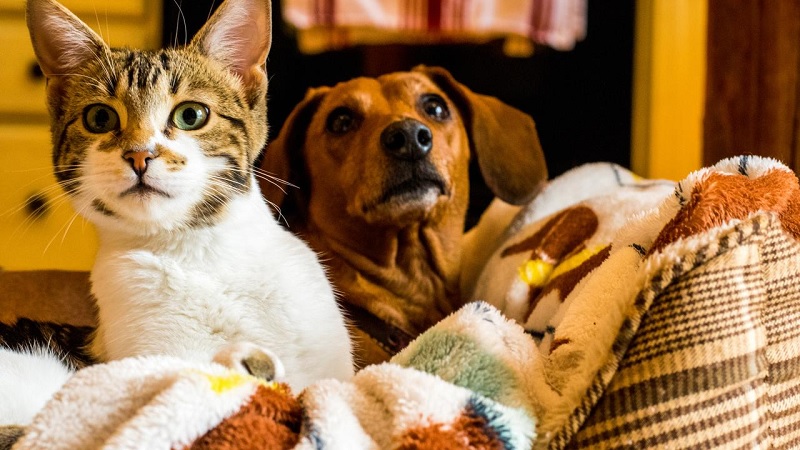
Dogs and cats have vastly different social behaviors, reflecting their distinct evolutionary paths. While dogs thrive on companionship and social interaction, cats tend to be more independent and territorial. Let’s explore how these traits shape their personalities.
Dogs: The Social Butterflies
Dogs are like that friend who just can’t get enough of social gatherings. They thrive on interaction and often exhibit a pack mentality. This means they love to be part of a group, whether it’s their human family or a bunch of other pups at the dog park. Dogs are naturally loyal and form strong attachments to their human companions. They are always eager to please, making them excellent partners for both adventure and companionship.
Cats: The Independent Spirits
In contrast, cats are more like the introverted artist at a party. They enjoy their solitude and appreciate their personal space. While cats can form strong bonds with their owners, they often prefer to do things on their terms. Their territorial nature means they may stake out a cozy corner of the house as their own domain. Cats appreciate the company of their humans, but only when they choose to engage, often leading to that delightful moment when they decide to curl up in your lap.
Communication Styles
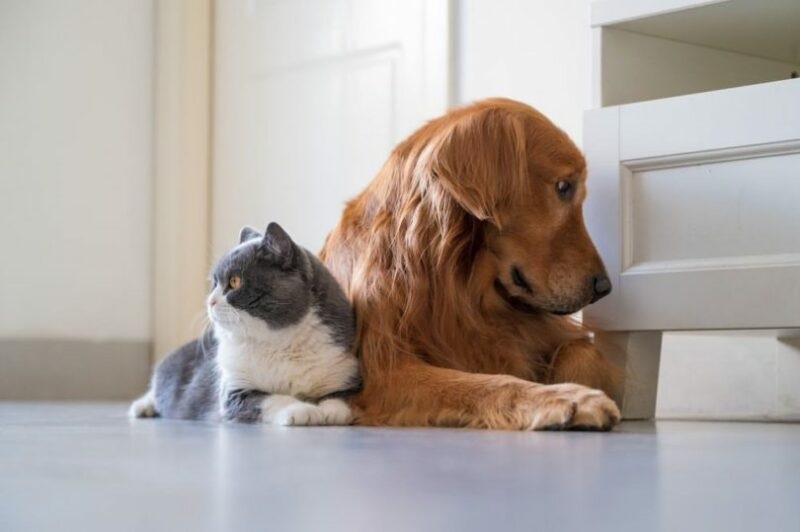
Communication is a fundamental aspect of how pets express their needs and feelings. Dogs and cats utilize different methods to communicate, which reflects their personality traits. Understanding these styles can deepen your connection with them.
Canine Communication: Barking and Body Language
Dogs are vocal creatures. They communicate through barking, growling, whining, and a myriad of body language cues. Each sound has its meaning, and understanding these can deepen your connection with your dog. A wagging tail might mean happiness, while a lowered posture could indicate fear. Dogs express their emotions openly, making it easier for us to gauge how they’re feeling.
Feline Communication: Subtle Signals
Cats, on the other hand, are the masters of subtlety. Their communication style is more nuanced, relying on a combination of vocalizations like meows and purrs, along with body language. A
Playfulness and Energy Levels
When it comes to play, dogs and cats exhibit their energy and engagement in different ways. Dogs typically have high energy and love interactive games, while cats prefer solitary play that mimics hunting behavior. Let’s take a closer look.
Dogs: The Energetic Playmates
When it comes to play, dogs are the ultimate go-getters. They have boundless energy and love engaging in activities like fetch or frisbee. This need for physical exercise makes dogs excellent companions for outdoor adventures. They thrive on interactive play with their owners and enjoy showing off their agility. Dogs can be trained to play games and often adapt to the play styles of their humans, making every outing a fun adventure.
Cats: The Sneaky Strategists
Cats have a different approach to play. Their energy is often channeled into short bursts of activity rather than extended play sessions. You might catch your
Affection and Attachment
Affectionate behavior varies significantly between dogs and cats, influencing how they bond with their human companions. Understanding these differences can enhance our relationships with our pets.
Dogs: The Affectionate Companions
Dogs are known for their affectionate nature. They express love through tail wags, slobbery kisses, and cuddles. Many dogs seek physical touch and enjoy being close to their humans, often sitting at their feet or resting their heads on laps. This constant need for companionship and reassurance is part of what makes dogs such loyal and loving pets.
Cats: The Selective Lovers
Cats, on the other hand, have a unique way of showing affection. They might rub against you or knead your lap when they’re feeling loving. Cats also have their special ways of bonding, such as giving a slow blink—a sign of trust and comfort. While they may not seek out attention as dogs do, when a
FAQs
1. Do cats or dogs have better personalities?
It really depends on individual preferences! Some people enjoy the loyal companionship of dogs, while others appreciate the independent nature of cats.
2. Can a
Yes, many cats and dogs can coexist peacefully! It often depends on their personalities and how they’re introduced to each other.
3. Why do dogs seem more affectionate than cats?
Dogs are pack animals that naturally seek companionship and social interaction. Cats, being more solitary, express affection in their own unique ways.
4. Are there personality traits that are common in all dogs or cats?
While there are general traits associated with each species, individual personalities can vary widely due to factors like breed, upbringing, and environment.
5. How can I better understand my pet’s personality?
Observe their behavior, communication styles, and play preferences. Spending quality time with them can also help you learn more about their unique personality traits.
Conclusion
Understanding the personality differences between cats and dogs enhances our appreciation for both species. Dogs bring energy, loyalty, and social interaction, while cats offer independence, subtlety, and unique affection.
Whether you’re a dog lover, a
